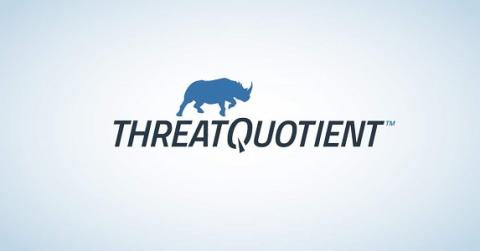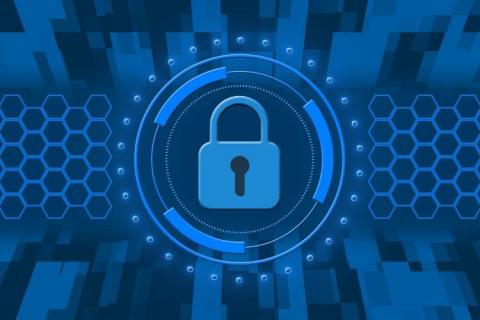Good Password Hygiene Mitigates Personal and Business Cyber Risk
In our previous Cyber Security Awareness Month (CSAM) blog we talked about the added value we as cybersecurity practitioners can bring to the table by sharing knowledge we take for granted with individuals across the organization that will ultimately help strengthen defenses. The first topic we covered was multi-factor authentication (MFA). CSAM’s next topic is using strong passwords. Here are a few tips we have found useful to share with colleagues, as well as family and friends.











